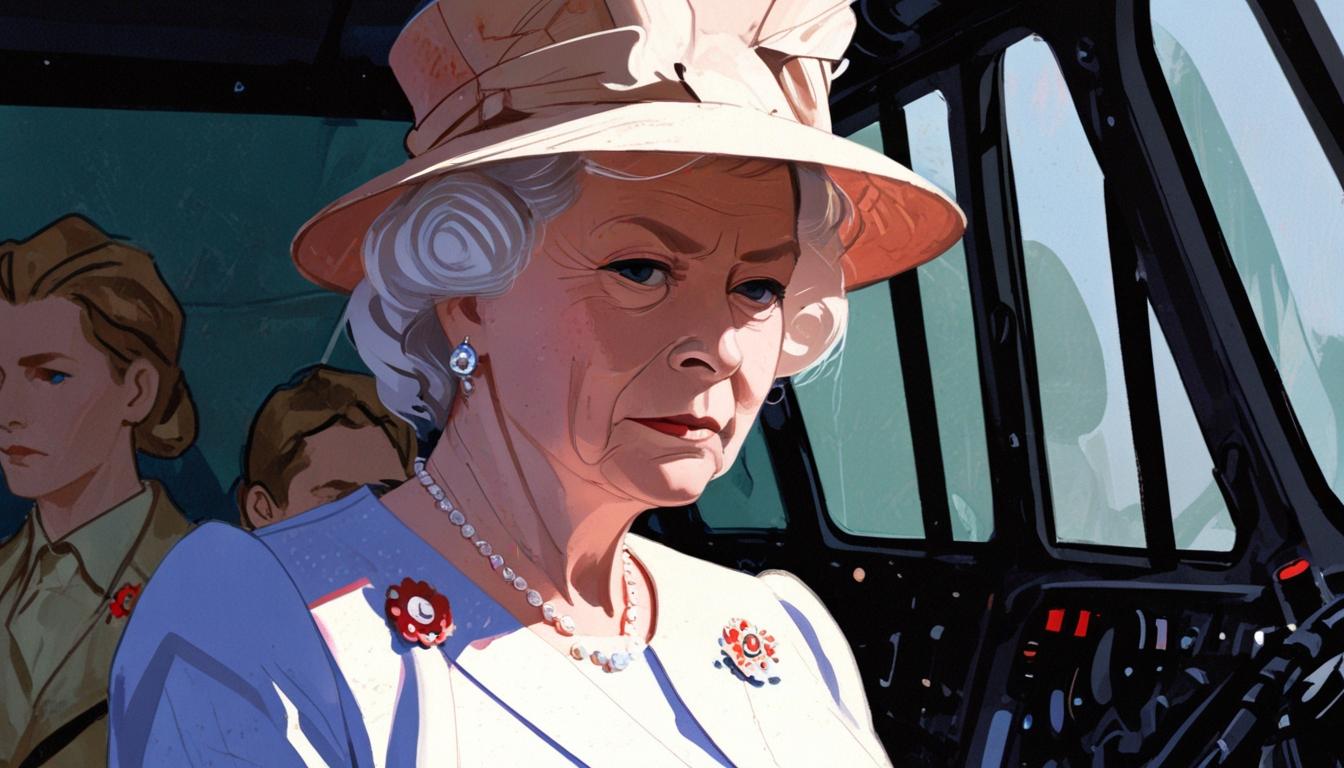The Queen's Unfathomable Courage: Facing Fear and Duty
In a revealing exploration of Queen Elizabeth II's personal vulnerabilities, Royal biographer Robert Hardman has shed light on a surprising aspect of her character: her fear of helicopters. During the inaugural episode of the podcast series "Queens, Kings, and Dastardly Things," Hardman outlines how this relatively uncommon anxiety contrasted sharply with the Queen's otherwise unflinching persona in the face of numerous threats to her safety throughout her reign.
Known for her stoicism, the late monarch maintained a formidable presence amid crises, including the infamous 1982 Buckingham Palace break-in where an intruder managed to breach royal security. Hardman describes her as "cool as a cucumber," illustrating her ability to carry on with royal obligations even after waking to find the intruder, Michael Fagan, at her bedside. This incident, among others, highlights her ingrained resilience and commitment to her role, despite the substantial risks she faced.
The year 1977 marked a significant milestone in the Queen's reign as she celebrated her Silver Jubilee. However, it also presented a daunting challenge: to fulfil her commitment to visit every corner of the United Kingdom, including Northern Ireland during a tumultuous period known as The Troubles. The irrepressible duty to her subjects clashed with her deep-seated fear of flying in helicopters, a dread rooted in tragedy. Hardman recounts that the death of the Queen's pilot, John Blunt, in a helicopter crash had a lasting impact—one that made her particularly reluctant to fly, even in later years when weather conditions worsened.
During the Jubilee, the Queen had to reconcile her apprehensions with her royal responsibilities. Hardman notes, “She has no choice,” as she boarded a helicopter to complete necessary engagements. It's a striking juxtaposition that reflects both her dedication to duty and the human frailty that lay beneath her composed exterior. Historian Kate Williams, co-hosting the podcast, elegantly captures this duality, stating that Elizabeth embodied the oft-quoted phrase, "keep calm and carry on."
While this fear of helicopters may seem minor compared to the broader array of royal responsibilities and existential threats, it serves to illuminate the complexities of Elizabeth II's character. Even amid unwavering dedication, she faced very real fears, reminding us that vulnerability and strength can coexist. Her commitment to overcome personal anxieties in the service of her nation paints a portrait of a monarch who bore an extraordinary burden throughout her reign.
As audiences can discern from the ongoing discussions about the late Queen, the royal legacy is often enhanced by such insights into the personal challenges faced by those in power. These narratives not only make the monarchy more relatable but also reveal the remarkable human resilience that defines true leadership.
In the full podcast, listeners can delve further into the rich tapestry of royal history, examining the nuances and challenges faced by the British monarchy through the ages, including the assassination of Lord Mountbatten and more. In recognising the mortality of even the most elevated individuals, we cultivate a deeper understanding of heritage and the histories that shape our perceptions of authority.
Reference Map:
Source: Noah Wire Services
